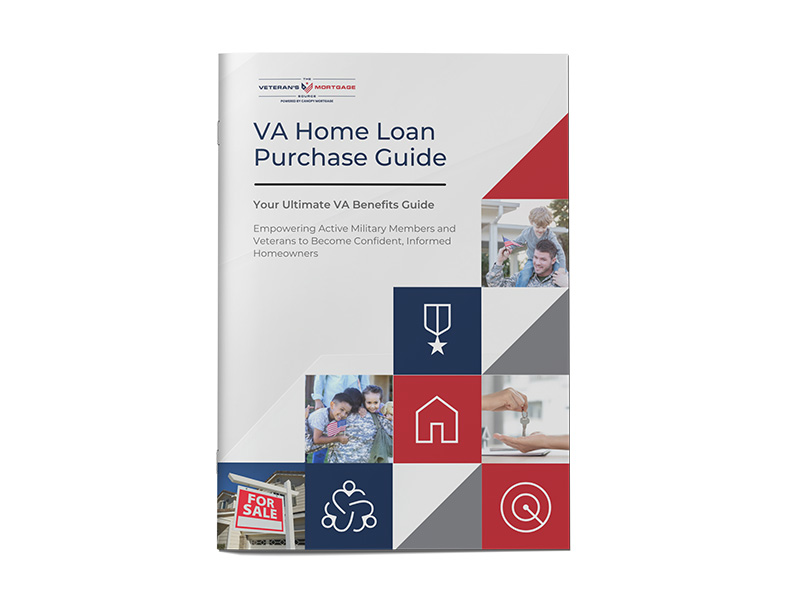The VA Loan Program was established in 1944, and since then, many myths or incorrect information have circulated and been passed down. It is time to debunk these myths and explain the correct process and features of the VA Home Loan. Below are the seven most common misconceptions regarding VA Home Loans.
Simply not the case. VA Loans have a high allowable debt-to-income level, and the underwriter can manually approve a loan if it makes sense. VA Home Loans also have forgiving credit score and history requirements, allowing for as low as a 550 credit score for some lenders. VA deems credit repaired if the borrower has 12 most recent months of on-time payments.
Currently, there are no limits set by the VA on loan amounts with no money down for Veterans. Some lenders, like The Veterans Mortgage Source, can offer up to $2,000,000 with no money down for Veterans with clear VA Home Loan Entitlement.
Working with experienced VA Home Loan Purchase Lenders allows for the same turnaround times as conventional and FHA loans. VA loans also have a higher chance of actually closing because of the higher debt-to-income ratios and flexible underwriting, reducing the chance of costly calculation mistakes.
You can use your VA loan as long as you have remaining entitlement and/or have paid off your existing VA Home Loan. You can buy a house, sell it, then get your eligibility back to reuse it. Additionally, if you pay off your house or refinance it with a different loan option, you will receive a one-time entitlement restoration option to reuse your certificate.
The appraiser on a VA Home Loan provides a fair and unbiased value on the home regardless of the financing type. They ensure the property meets standard minimum property requirements to be safe and sound for you to buy. While unpermitted areas are not allowed, exceptions can be made if a licensed contractor verifies that the area appears to be built to code.
There are closing costs on VA Home Loans, just like any other type of residential loan. However, there are fees that cannot be charged to the borrower, which may differ from other products. Additionally, it is common in most states to offer higher interest rates that yield lender credits back for the borrower’s closing costs.

